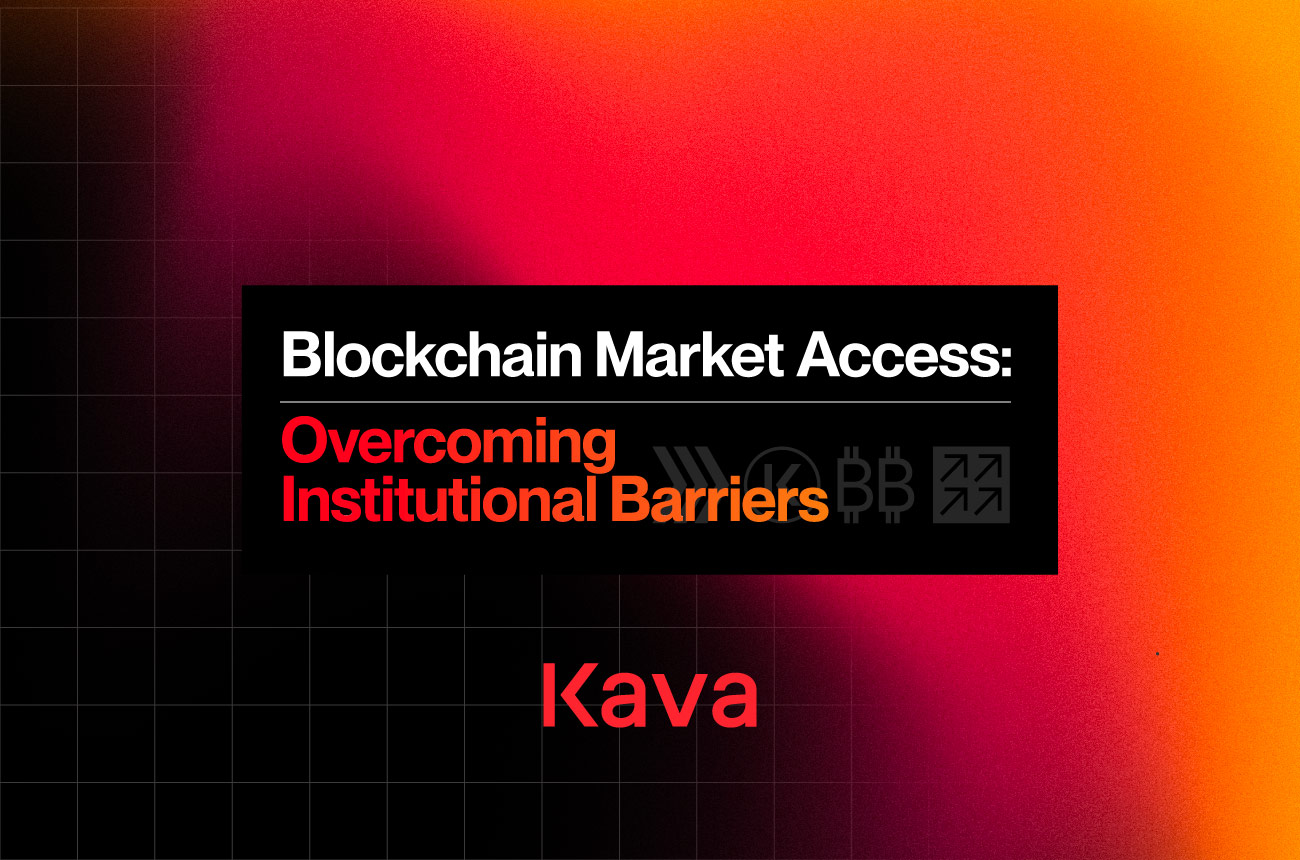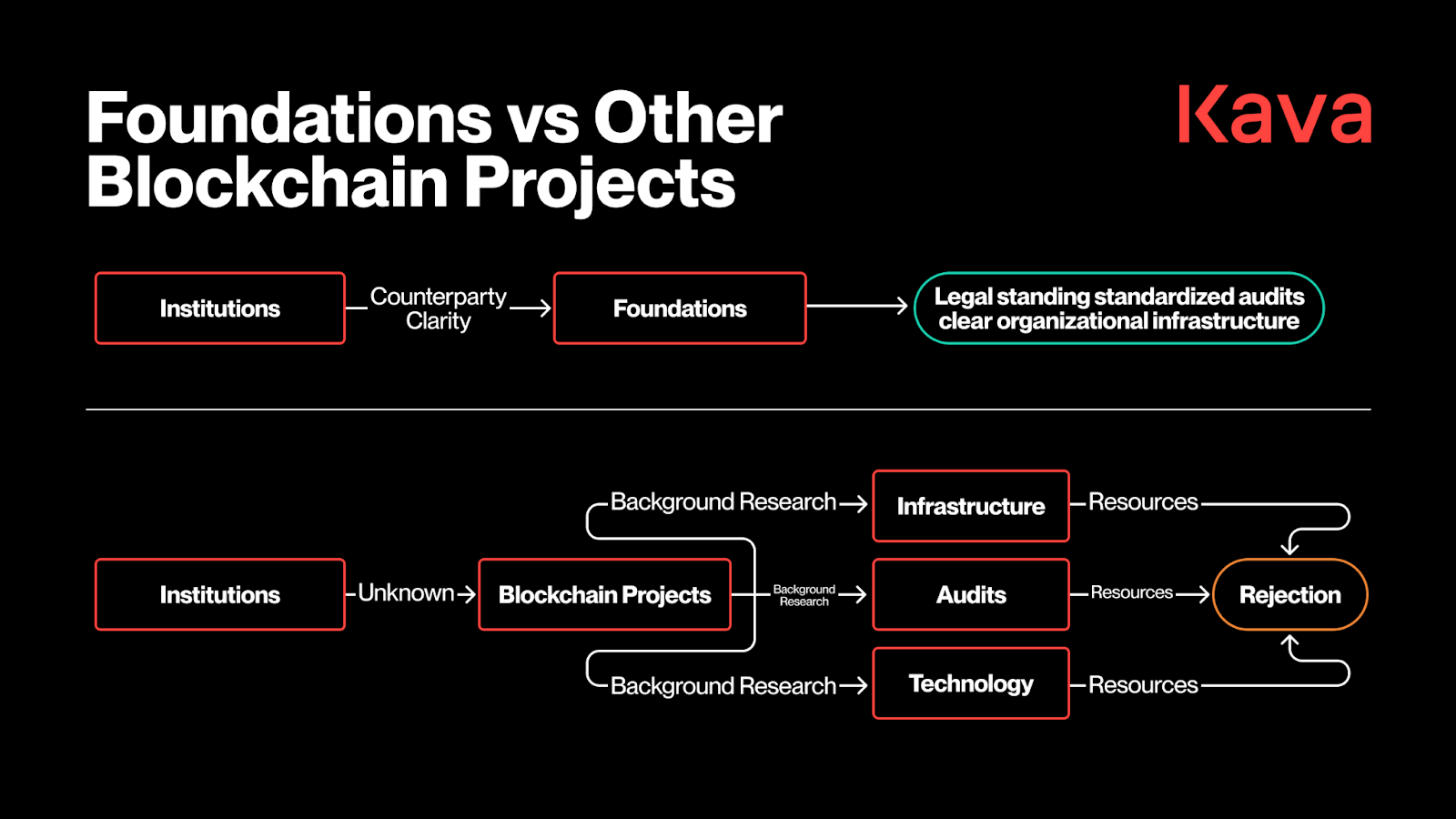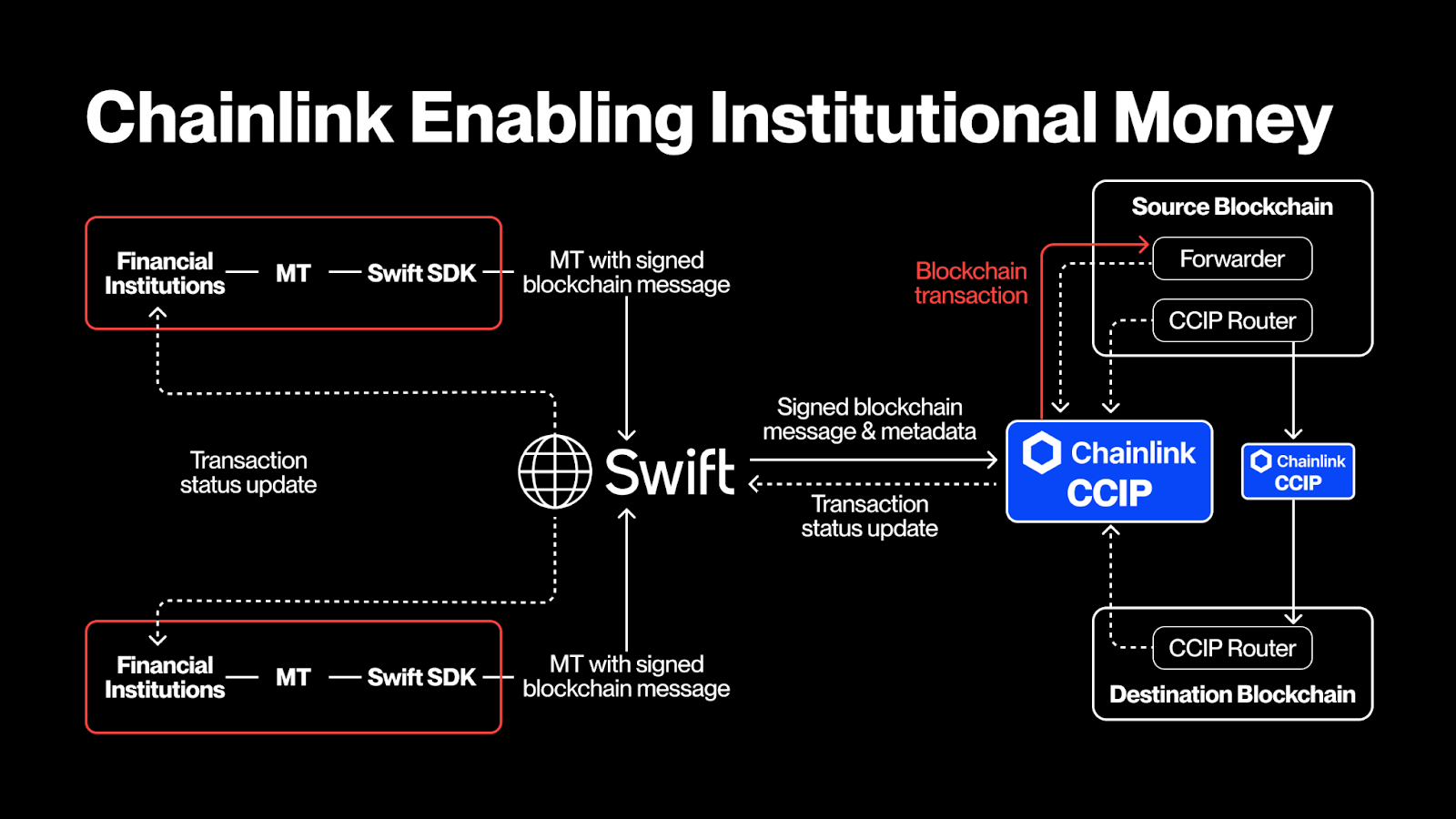Blockchain Market Access: Overcoming Institutional Barriers

Since the technology first debuted, legal and regulatory barriers have prevented institutional investors from accessing blockchain. The notoriety of the blockchain space, largely stemming from multiple exchange exploits including Mt. Gox, QuadrigaCX, and FTX, contributed to an unpredictable environment that was too high-risk for institutions.
However, with the SEC's approval of 11 Bitcoin ETFs in the U.S. in January 2024 and the election of President Trump later that year, the regulatory environment underwent a shift. The passage of the GENIUS Act in July 2025 regulated stablecoins within the USA, adding further credibility. Even within this new pro-crypto environment, several institutional barriers remain. The way that blockchain foundations have emerged to address this issue is the focus of this article.
To begin, we’ll quickly revisit how the lack of counterparty clarity and unclear fund management have prevented institutions from entering the blockchain market. Next, we’ll examine how foundations can get best optimized through stewardship infrastructure to serve as a bridge. Then, let’s explore the current foundations of Chainlink, Algorand, and Tezos to demonstrate current examples. To close, there will be a prediction of the path forward for foundations to become standard institutional infrastructure.
Counterparty Clarity and Fund Management
The primary reason why institutions were unable to deploy capital into blockchain until recently was not due to a lack of enthusiasm or interest, but rather the lack of clear counterparty clarity. Institutional investors such as banks and investment funds have legal responsibilities to their clients. They are tightly regulated by a series of American regulatory bodies, including the CFTC, SEC, and IRS. They cannot execute contracts with anonymous developer groups or loosely organized communities that are not held to rigorous regulatory standards.

Fund management transparency compounds this challenge. Institutions require assurance that capital flows follow established governance procedures and compliance standards. Without transparent mechanisms for fund oversight, institutional legal and compliance teams cannot approve partnerships. Our recent article entries on counterparty clarity, blockchain governance, and blockchain custody delve into these issues in more detail.
Foundations as Institutional Bridges
This is where foundations have emerged to fill the gap in the market, providing clear contractual counterparties with established governance frameworks and transparent fund management protocols that satisfy institutional compliance requirements.
Rather than navigating the complexity of decentralized governance structures, institutions can engage with a single legally recognized entity that maintains fiduciary responsibilities and guarantees regulatory compliance. This structural alignment dramatically reduces friction in partnership negotiations as institutions can apply their standard due diligence processes without requiring specialized blockchain expertise from their compliance teams.
Streamlining Deal-Making Through Clear Stewardship
By establishing clear and compliant infrastructure for institutional navigation, foundations provide the counterparty clarity while also streamlining the process and removing the burdensome legal background checks.
Instead of hiring or creating entirely new divisions of lawyers and auditors who are versed in blockchain technology, governance infrastructure, and SOC-2 auditing, institutions can go directly through foundations that are guaranteed to be legally compliant. Foundations serve as a regulatory middleman that can seamlessly bridge institutions to blockchain markets. This approach saves institutions from expensive legal fees while also significantly reducing exposure and time to market.

Case Studies
Chainline Foundation’s Legal Framework Strategy
Chainlink demonstrates how foundation structures facilitate critical institutional partnerships. By establishing clear legal frameworks through its foundation, Chainlink has created mechanisms for data providers to engage with blockchain oracles while maintaining compliance with contractual and regulatory obligations. Data providers, particularly financial institutions and enterprise technology companies, require definable counterparties and transparent operational models before committing to oracle partnerships.
The Chainlink Foundation provides the structural clarity required for these partnerships to progress. It allows data providers to execute standard commercial agreements rather than navigate novel blockchain-specific arrangements. This approach allows Chainlink to secure partnerships with established data providers who would have been unable to engage with a purely decentralized protocol, regardless of technical capabilities.

Algorand’s Institutional Integration Approach
Algorand's foundation has played a crucial role in facilitating the institutional adoption of tokenized assets. The Algorand Foundation acts as the institutional interface necessary for regulated entities to integrate tokenization capabilities while maintaining compliance with securities regulations and fiduciary obligations.
The foundation achieves this by offering clear contractual structures and transparent oversight mechanisms. Financial institutions can now adopt and integrate Algorand's technology into their existing risk management frameworks, enabling seamless integration.

Tezos Foundation’s Financial Partnership Model
The Tezos Foundation successfully streamlined contracts with financial institutions through transparent governance. The Tezos Foundation's well-documented processes and clear operations allow financial partners to complete due diligence efficiently.
This foundation-led approach allows Tezos to establish partnerships with regulated financial entities that mandate traditional corporate structures for engagement. The foundation model bridges the gap between Tezos's decentralized governance and institutional operational requirements.
The Path Forward: Foundations as Standard Infrastructure
Despite the advancements made in the blockchain industry over the last few years, institutional investors seeking to gain access are still constrained by their legal and fiduciary responsibilities. Foundations are the key to addressing this accessibility problem, and as foundation models mature with wider understanding, they will unlock opportunities for blockchain projects to participate in mainstream markets.
This path forward has the potential to drive widespread blockchain adoption by eliminating institutional barriers that have historically constrained market access. Foundations serve as the critical bridge between decentralized innovation and institutional adoption, enabling blockchain technology to realize its potential across global financial infrastructure.
